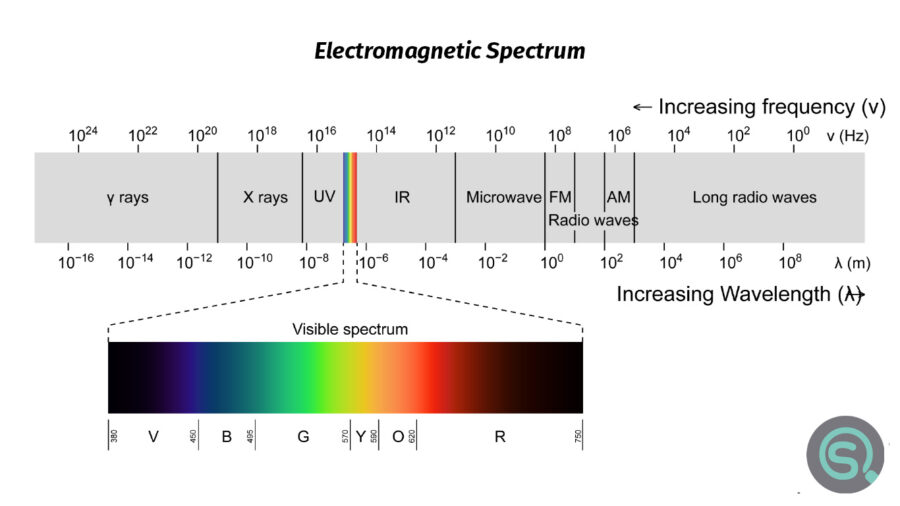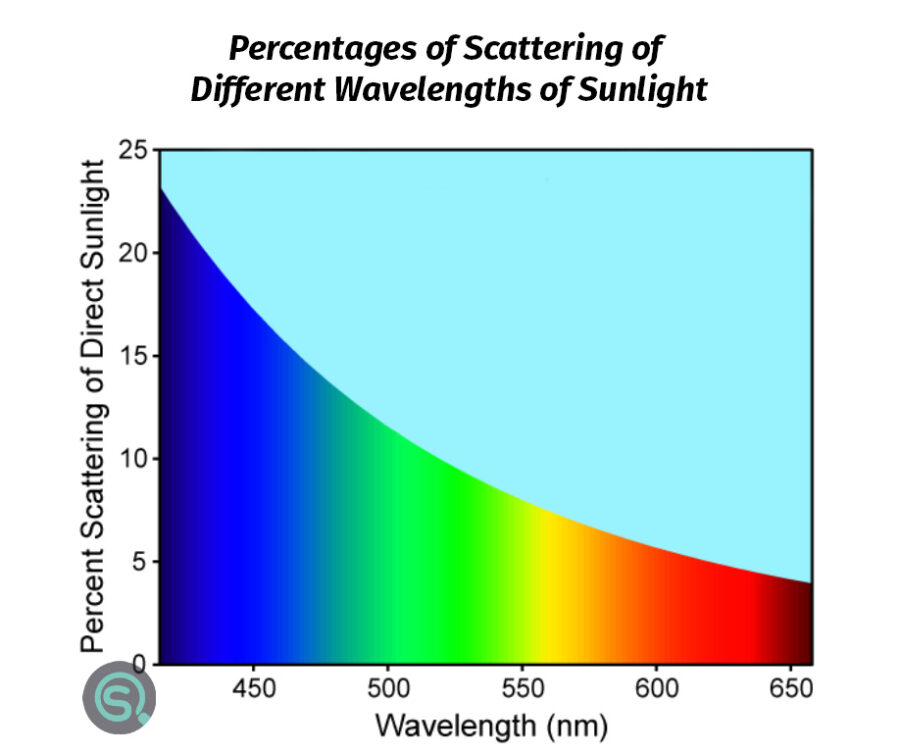Blue planet, the beauty of the solar system, the earth. When the Earth is observed from space, it appears blue. We all know that the earth is blue. But why? When you dig deeper, it’s a fascinating journey into the world of physics, light, and the atmosphere. Let’s uncover the mystery of why the sky is blue!
The Science of Light
To understand why the sky is blue, we first need to talk about light. Sunlight might look white to us, but it’s actually made up of a spectrum of colors. These colors correspond to different wavelengths of light, ranging from shorter wavelengths (blue and violet) to longer ones (red and orange). You might recognize this spectrum when you see a rainbow, which beautifully separates sunlight into its constituent colors.

The Role of the Atmosphere
The Earth’s atmosphere plays a crucial role in determining the sky's color. The atmosphere is a mixture of gases, primarily nitrogen, and oxygen, along with tiny particles like dust and water droplets. Also, there are layers of the atmosphere which are the
- Troposphere,
- Stratosphere,
- Mesosphere,
- Thermosphere, and
- Exosphere.
When sunlight enters the atmosphere, it interacts with the molecules and particles in the atmosphere. This interaction is where the magic happens.
Rayleigh Scattering: The Key to Blue Skies
The phenomenon responsible for the blue sky is called Rayleigh scattering. Rayleigh scattering occurs when light interacts with particles that are much smaller than its wavelength, such as the gas molecules in our atmosphere.
Here’s the interesting part: shorter wavelengths of light (blue and violet) scatter more efficiently than longer wavelengths (red and orange). This is because shorter wavelengths are closer in size to the gas molecules, making them more prone to being scattered in all directions.

Why Not Violet?
Violet is the color that scatters most due to its shorter wavelength. However, violet has high energy near to the UV range of the electromagnetic spectrum. Also, a part of high energy radiation is filtered by the ozone layer.
- Human Eyes Are Less Sensitive to Violet
Our eyes contain three types of color receptors, or cones, that are most sensitive to red, green, and blue light. While we can detect violet, our eyes are less sensitive to it compared to blue. - The Sun Emits Less Violet Light
The sun emits less violet light compared to blue, and some of the violet light is absorbed by the upper atmosphere.
As a result, blue becomes the dominant color we see.
The Color Changes Throughout the Day
The sky doesn’t always look the same shade of blue. Ever noticed how it becomes a stunning reddish-orange during sunrise or sunset? This happens because the sun is lower in the sky, meaning its light has to pass through more of the atmosphere to reach our eyes. Along the way, shorter wavelengths like blue are scattered out, leaving behind the longer wavelengths of red and orange.
Why Is This Important?
Understanding why the sky is blue isn’t just a fun fact; it’s a gateway into understanding how light and the atmosphere work together. This knowledge has applications in fields like meteorology, astronomy, and even environmental science. For example, scientists study the scattering of light on other planets to determine their atmospheric composition.
A Never-Ending Wonder
Next time you gaze up at the blue sky, you’ll know it’s not just a color—it’s the result of sunlight, gas molecules, and the physics of scattering working in harmony. It’s a daily reminder of the beauty and complexity of the natural world, right above our heads.
So, whether you’re admiring the bright blue of midday or the fiery tones of sunset, take a moment to appreciate the science that paints the sky with its ever-changing palette.
Image credit
The cover image was designed using an image from Pixabay
Image 01: Contains an image of the electromagnetic spectrum by Philip Ronan, licensed under CC BY-SA 3.0, via Wikimedia Commons
Image 02: Contains an image by Robert A. Rohde and is licensed under the GFDL, via Wikimedia Commons










Share your thoughts